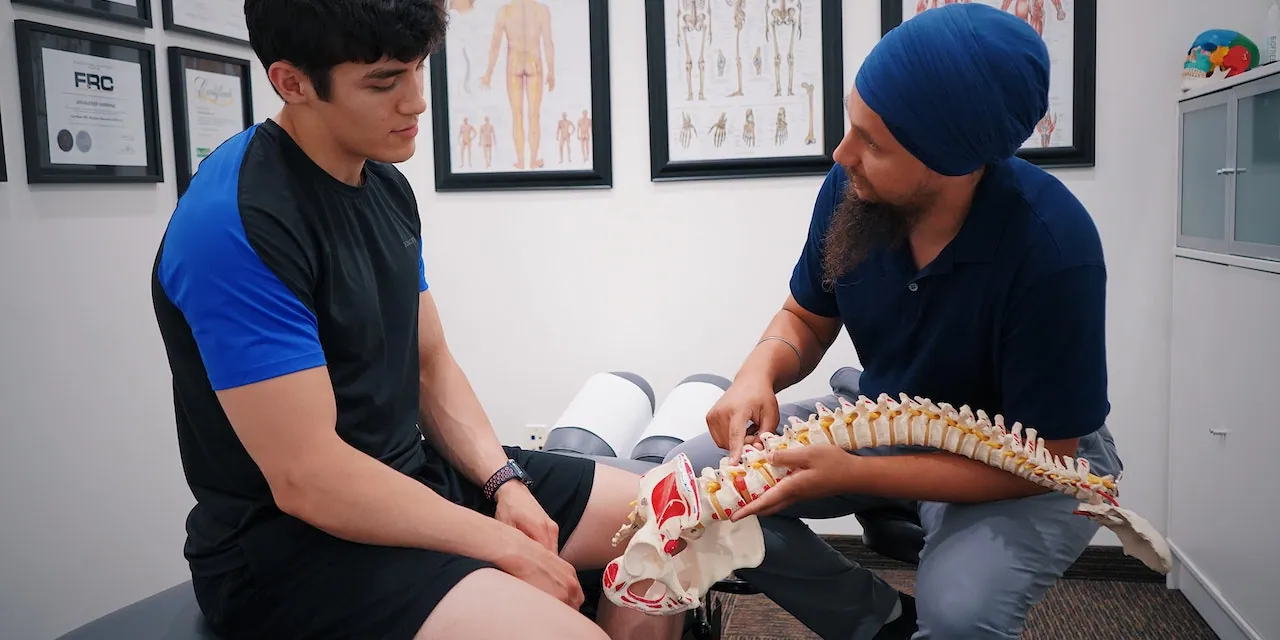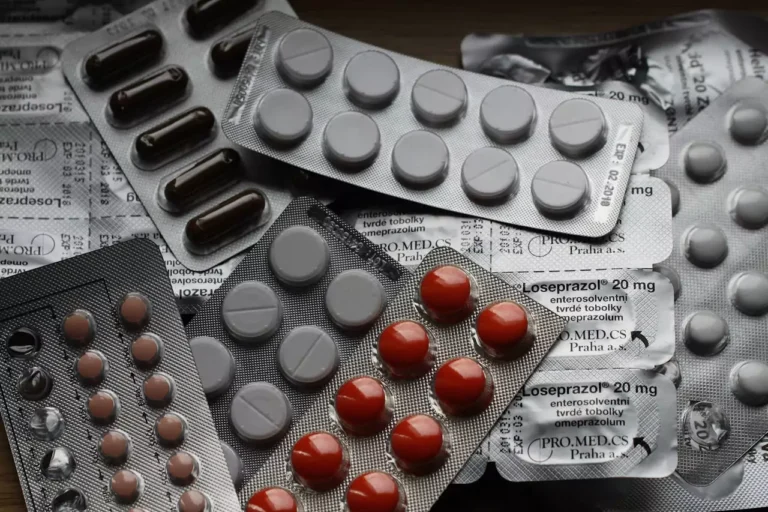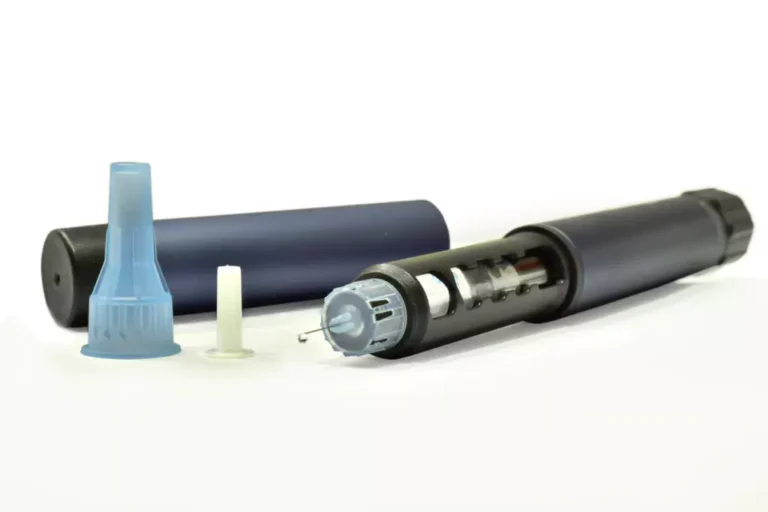
ABBOTT RECEIVES FDA APPROVAL FOR ITS SPINAL CORD STIMULATION SYSTEMS TO TREAT CHRONIC BACK PAIN IN PEOPLE WHO HAVE LIMITED SURGICAL OPTIONS
Abbott (NYSE: ABT) announced today that the U.S. Food and Drug Administration (FDA) has approved its spinal cord stimulation (SCS) devices for the treatment of chronic back pain in people who have not had or are not eligible to receive back surgery, known as non-surgical back pain. This labeling expansion was supported by results from the DISTINCT study, which demonstrated that Abbott’s proprietary BurstDR™ SCS technology improved pain levels, ability to perform daily activities and emotional well-being in people with chronic back pain.2
Today, people who have few options for corrective surgery to address their chronic back pain are usually treated with combinations of therapies: physical therapy, chiropractic care and pain relievers. However, these options are not effective for all people with chronic back pain, causing the treatment journey to feel complicated and uncertain for people who historically have had limited treatment options.
“To date, we have struggled with how to treat people who weren’t considered a good surgical candidate because we didn’t have clear, data-driven treatment options for non-surgical back pain,” said Timothy Deer, M.D., FIPP, DABPM, president and chief executive officer of the Spine and Nerve Centers of the Virginias in Charleston, W.Va. “This new indication for Abbott’s SCS devices, together with BurstDR stimulation, allows physicians the ability to identify and treat a new group of people, providing them with relief from chronic back pain.”
Abbott’s DISTINCT study, which enrolled 270 participants who suffered for an average of 12.8 years with pain, is the largest randomized controlled trial for SCS in people with chronic back pain when surgery is not an option.3 Results at six months for the first 200 patients demonstrated clear clinical evidence supporting BurstDR stimulation therapy as an effective treatment for chronic back pain and were sustained at the 12-month follow-up. Additional key findings from the DISTINCT study included
This new indication will span across the entirety of Abbott’s SCS portfolio in the U.S., which includes the recharge-free Proclaim™ SCS family and the rechargeable Eterna SCS platform. All of Abbott’s SCS therapies in the U.S. feature the company’s proprietary, low-energy BurstDR waveform.
“This FDA expanded indication approval for our SCS devices is a significant step forward in Abbott’s goal to provide treatment access to those who suffer daily with chronic back pain but are not eligible for corrective surgery,” said Pedro Malha, vice president, neuromodulation, Abbott.
More than 50 million people in the U.S. suffer from chronic pain.5 According to the U.S. Pain Foundation, chronic pain is the leading cause of people going to the doctor and costs the nation approximately $635 billion each year in healthcare, disability and lost productivity costs.6 SCS, also known as neurostimulation, has been recommended by doctors for more than 50 years to help people manage chronic pain and improve their quality of life. Devices used for SCS consist of thin wires placed between the spinal cord and the vertebrae and a small implant placed under the skin in the lower back that helps disrupt pain signals before they can reach the brain.
BurstDR is a form of stimulation therapy that uses pulses—or bursts—of mild electrical energy without an abnormal sensation of “tingling” (known as paresthesia) to change pain signals as they travel from the spinal cord to the brain. Previous studies have demonstrated that BurstDR therapy is more comfortable and preferred to traditional tingling tonic stimulation by 70.8% of people with chronic pain.4 BurstDR stimulation is clinically proven to improve people’s ability to perform everyday activities and reduce emotional suffering associated with chronic pain.7
Approximately 16 million adults in the U.S. suffer from chronic back pain, with an estimated 10 million adults suffering from high-impact chronic pain (HICP), which is defined as individuals who face significant levels of life-interference from the condition.8,9 Additionally, low-back pain is commonly reported by HICP individuals and is often accompanied by negative effects on mental health, quality of life and productivity.
Source link:https://www.abbott.com/




